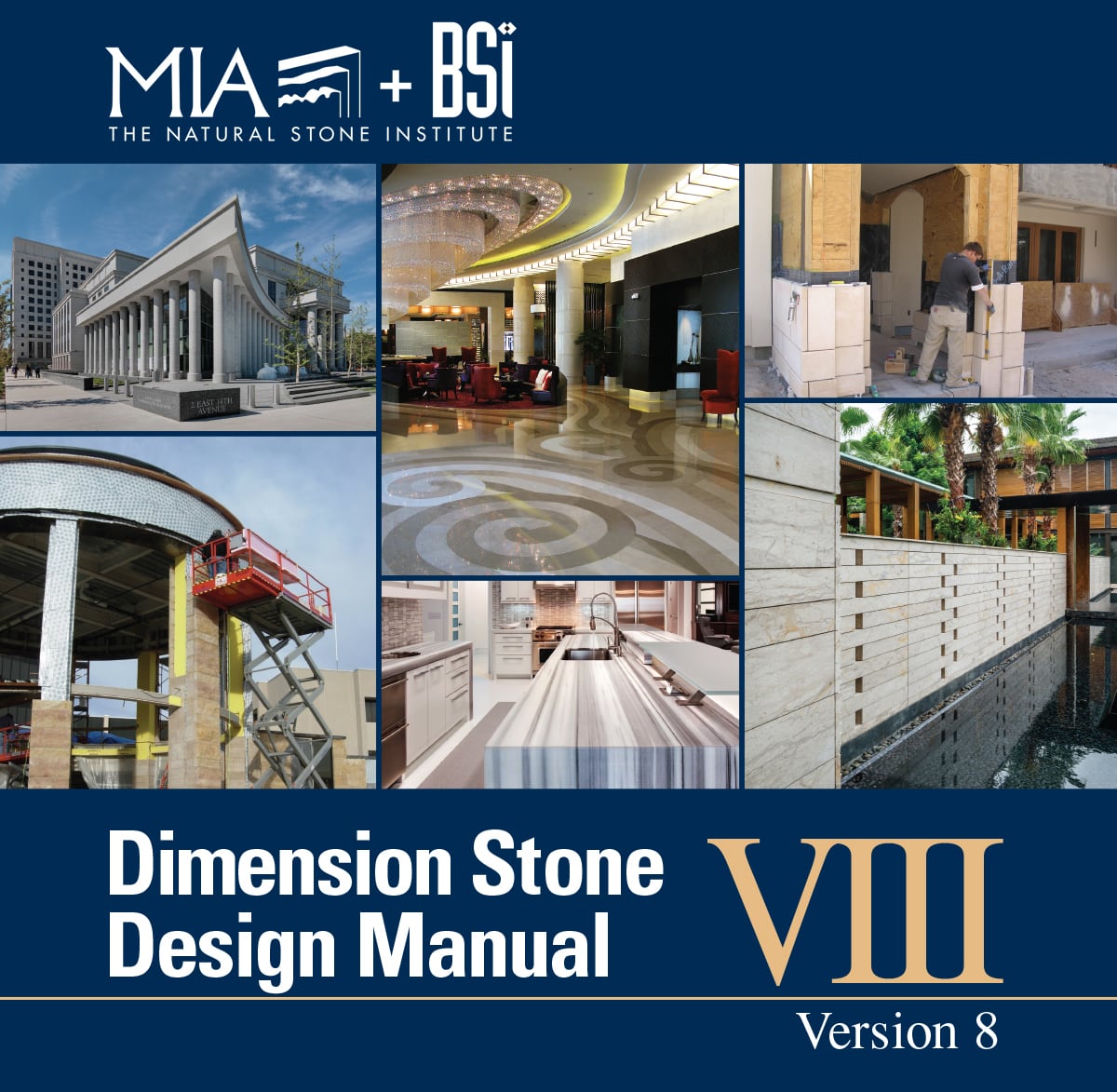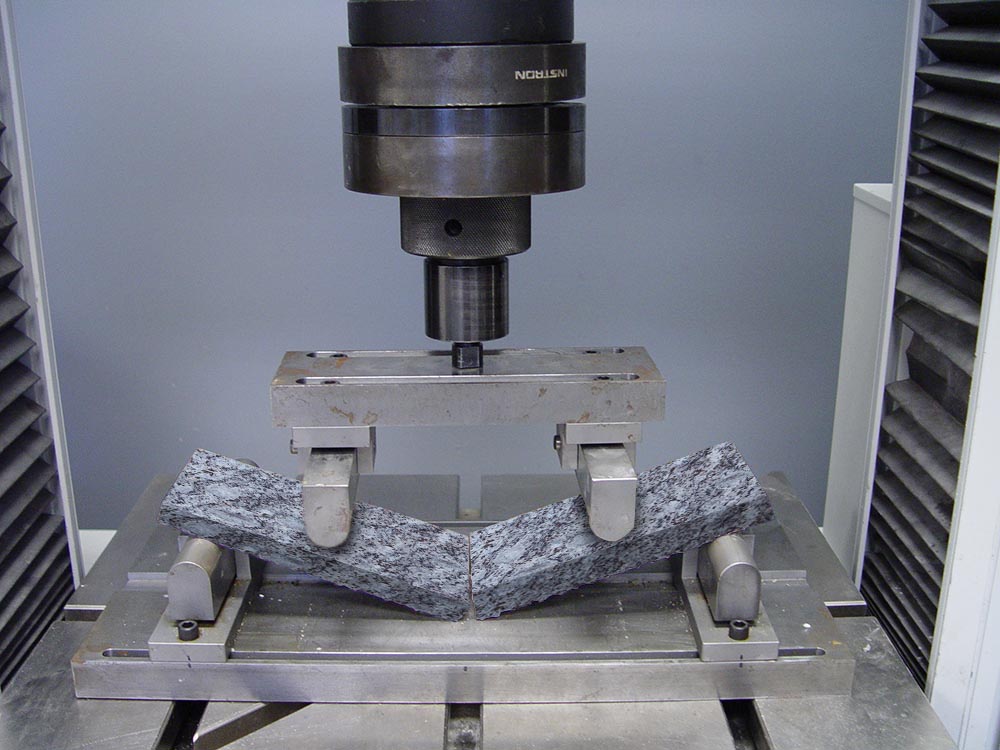Norstone Dimension Stone Design Manual Review – Chapter 4: Stone Testing
Continuing on our series of high level reviews of individual chapters within the Natural Stone Institute’s Dimension Stone Design Manual, today we are looking at chapter 4 which covers stone testing. Testing is an important step in determining whether a natural stone is suitable to be used for a building material. Strength, density, water absorption and slip resistance are just a few of the characteristics of natural stone that are tested and can help determine a stone’s suitability for specific conditions and uses.

Most of the testing done within the natural stone building materials industry is conducted according to published ASTM testing protocols. ASTM tests normally focus on defined parameters, such as the amount of force needed to break a stone or the amount of water absorbed in a certain amount of time, which is very pertinent to understanding how a stone will perform in a construction setting. Other types of testing do exist focused mainly on determining the mineral makeup of stone which can be useful in understanding how that specific type of natural stone should behave in specific circumstances. This type of testing relies on a variety of techniques ranging from magnification, chemical analysis and even x-ray testing.
Some considerations when testing stone as well as evaluating the results of stone testing are how recent the tests have been conducted and how well they represent the source or supply of stone. Stone is a unique building material in that it is truly a product of nature, so knowing if a product is coming from a different quarry or even a different part of the quarry than previously tested is important information when evaluating a product’s suitability. Many stones also need tested in both parallel and perpendicular sections according to what way the stone is split, or in stone term the “rift”. The type of product the stone is being quarried or manufactured for is also very important in that a wall cladding has significantly less requirements than a horizontal (floor) application such as compressive strength and slip resistance.

Water absorption testing is one of the main testing procedures natural stone undergoes. This type of testing measures how much water, expressed as a percentage of weight, a stone absorbs when soaked in water for a specific period of time. Generally speaking stones that absorb less water are better suited for building materials as they will be less susceptible to issues such as stone spalling cause by freeze thaw cycles as well as staining due to liquid contaminants. Density and Specific Gravity are also common physical properties that are determined during water absorption testing and are important to architects and engineers designing with natural stone building materials.

Strength testing, which encompasses several standardized tests, is another very important aspect of stone testing. Pound per Square Inch, or PSI, is the main unit of measure when it comes to strength testing. Some common strength tests for natural stone include:
Compressive Strength – measuring the resistance of the stone to being crushed by a compressive load.
Bending / Flexural strength – measures a stone’s ability to bend caused by a variety of factors such as exterior wind loads or even someone simply leaning up against a wall stone veneer.
Abrasion Resistance – an important test for flooring materials, measures the volume of material worn off, or abraided, during the test, resulting in an abrasion index number.
Coefficient of Friction – another test very important for flooring materials measuring the force required to initiate slipping across a surface.
At Norstone we’ve been working with independent ASTM certified labs to conduct the appropriate testing for our products and have never hesitated to hold off recommending a product for a certain installation detail, for example an exterior installation in a freeze / thaw environment if the testing had not yet been completed or not recommending a product we make for walls be used on floors without the appropriate testing having been completed. We publish our testing results right on our website in the Technical Library section of our Installation Page and encourage anyone interested in and doing research on stone veneer to ask the same of any manufacturer to ensure the product you are considering is industry certified as suitable for your specific type of application.
The Dimension Stone Design Manual is published by the Natural Stone Institute and is essentially the bible to anyone in the natural stone industry looking for unbiased information and details about a product or process. At Norstone we have been making natural stone veneer wall products for over 15 years and have a knowledgeable technical support team that are ready to answer, or find the answer to any of your natural stone veneer related questions.
.png)



